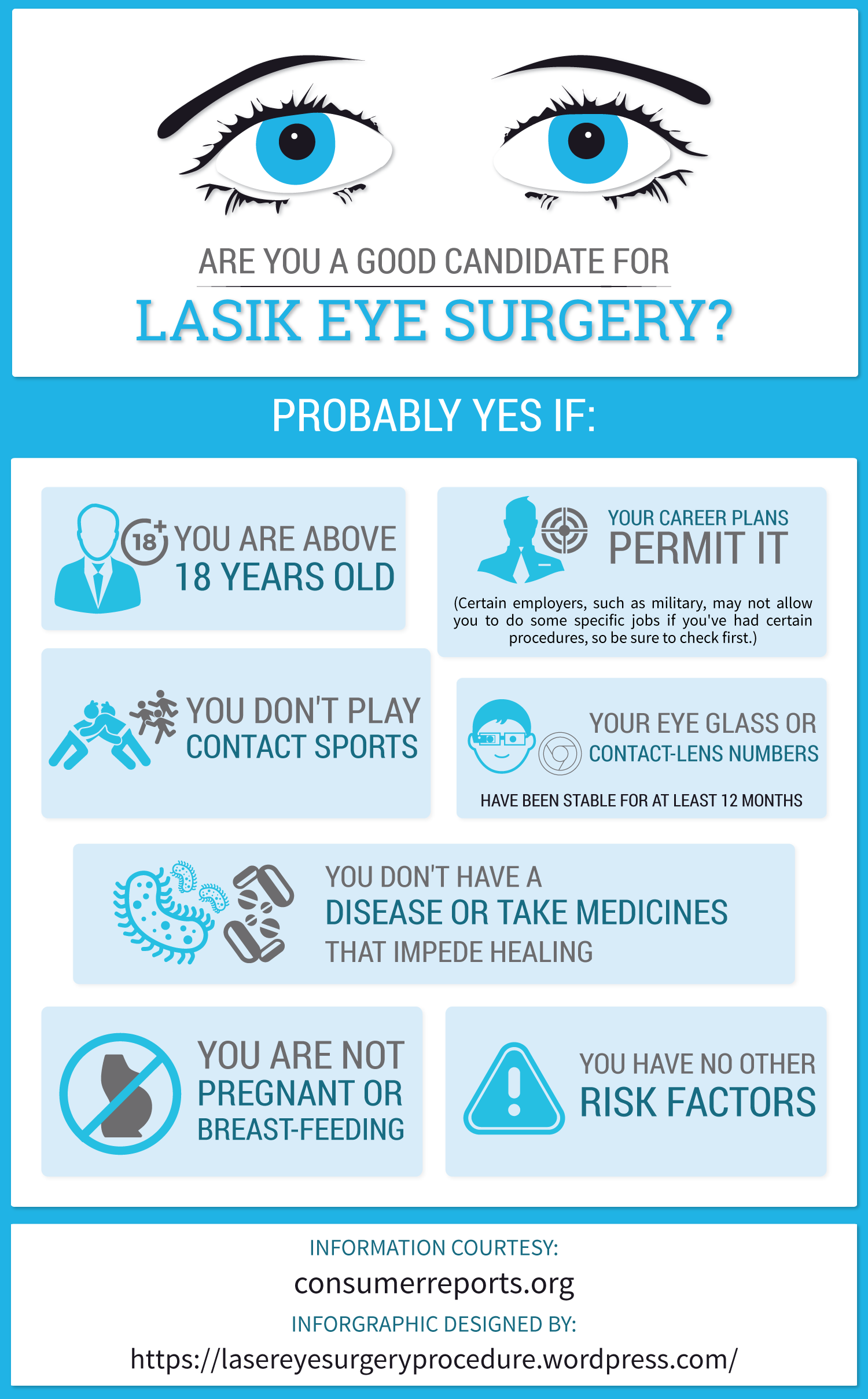The Development Of Modern Cataract Surgical Treatment Approaches: A Thorough Exam
The Development Of Modern Cataract Surgical Treatment Approaches: A Thorough Exam
Blog Article
mouse click the up coming website page By-Mcfadden Alexander
As you check out the evolution of advanced cataract surgical procedure methods, you'll witness a journey noted by resourcefulness and precision. From old methodologies that led the way for modern advancements to advanced modern technologies that are reinventing the field, the comprehensive review of cataract surgical treatment techniques is a testament to human progression and dedication to enhancing individual end results. LASIK Average Cost in between historical approaches and advanced improvements produces an intriguing narrative that sheds light on the development of one of one of the most usual procedures worldwide.
Historic Techniques and Technologies
Explore just how early surgeons transformed cataract treatment by using innovative methods and devices. In the past, cataract surgical procedure was a risky and agonizing procedure. Nonetheless, ancient Indian physicians were among the very first to attempt medical interventions for cataracts, making use of a method called 'couching' where a sharp tool was utilized to press the cataract back into the eye. This method, though crude by today's standards, laid the groundwork for future improvements in cataract surgical treatment.
As time proceeded, Arab medical professionals made substantial payments by creating specialized needles for cataract removal. These needles were utilized to puncture the cataract and after that extract it from the eye, noting a substantial enhancement in surgical accuracy.
Later on, in the 18th century, the French specialist Jacques Daviel originated the strategy of extracapsular cataract removal, where the entire lens was eliminated intact with a bigger laceration. This noted a significant improvement in cataract surgical procedure strategies, leading the way for the modern-day procedures we use today.
Modern Surgical Approaches
Early methods in cataract surgical procedure have actually developed dramatically, causing the development of modern-day medical methods that prioritize precision and improved person outcomes. Modern cataract surgery currently commonly includes a treatment called phacoemulsification, where an ultrasonic device separate the cataract for elimination via a tiny incision. This method enables quicker recovery and reduces the danger of problems contrasted to older techniques.
Furthermore, the use of innovative intraocular lenses (IOLs) has actually revolutionized cataract surgery outcomes. These lenses can correct not just the cataract but also various other refractive errors like astigmatism, reducing the requirement for glasses post-surgery.
Surgeons today additionally have accessibility to advanced imaging technologies that help in specific preoperative planning and intraoperative decision-making. Optical coherence tomography (OCT) and other imaging methods give comprehensive images of the eye's frameworks, enabling an extra individualized technique to every client's surgical procedure. With these advancements, contemporary cataract surgery methods remain to enhance, using clients much safer treatments and far better visual results.
Emerging Technologies in Cataract Surgical Procedure
With advancements in technology reinventing the field, cataract surgical treatment is observing the assimilation of ingenious strategies for boosted patient results. Arising technologies in cataract surgical treatment are reshaping the landscape of sensory treatments. One such improvement is femtosecond laser modern technology, which permits precise corneal cuts, capsulotomies, and lens fragmentation, resulting in improved surgical precision and results.
Additionally, intraoperative aberrometry is gaining appeal, making it possible for real-time measurements of refractive errors throughout surgical procedure to enhance intraocular lens power estimations and reduce postoperative refractive surprises.
In addition, making use of advanced imaging technologies like optical comprehensibility tomography (OCT) and intraoperative wavefront aberrometry help cosmetic surgeons in exact surgical planning and implementation. These tools give detailed anatomical information and aid personalize surgical approaches for every individual's distinct eye characteristics.
Furthermore, advancements in artificial intelligence are being explored to assist in preoperative planning, intraoperative decision-making, and postoperative treatment, potentially maximizing surgical outcomes and individual complete satisfaction. Welcoming these arising innovations in cataract surgical treatment holds pledge for more boosting person outcomes and guaranteeing the continued advancement of ophthalmic medical techniques.
Conclusion
As you trip through the history of cataract surgery, you witness the makeover from old practices to advanced modern technologies. Like a phoenix metro increasing from the ashes, cataract surgery has advanced into a sign of hope and innovation.
Equally as a caterpillar arises from its cocoon as a lovely butterfly, cataract surgical procedure has actually developed into a polished art kind, offering patients more clear vision and a brighter future.
The evolution proceeds, radiating a light on countless possibilities.
